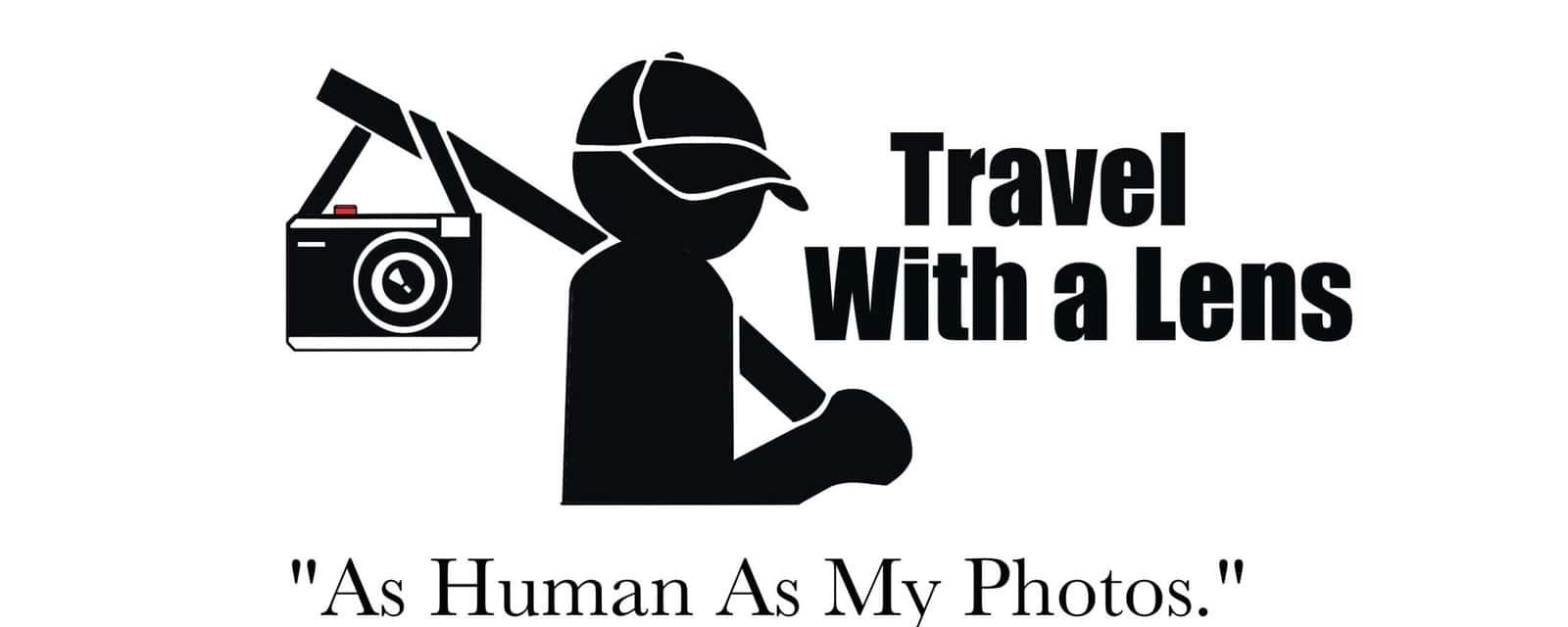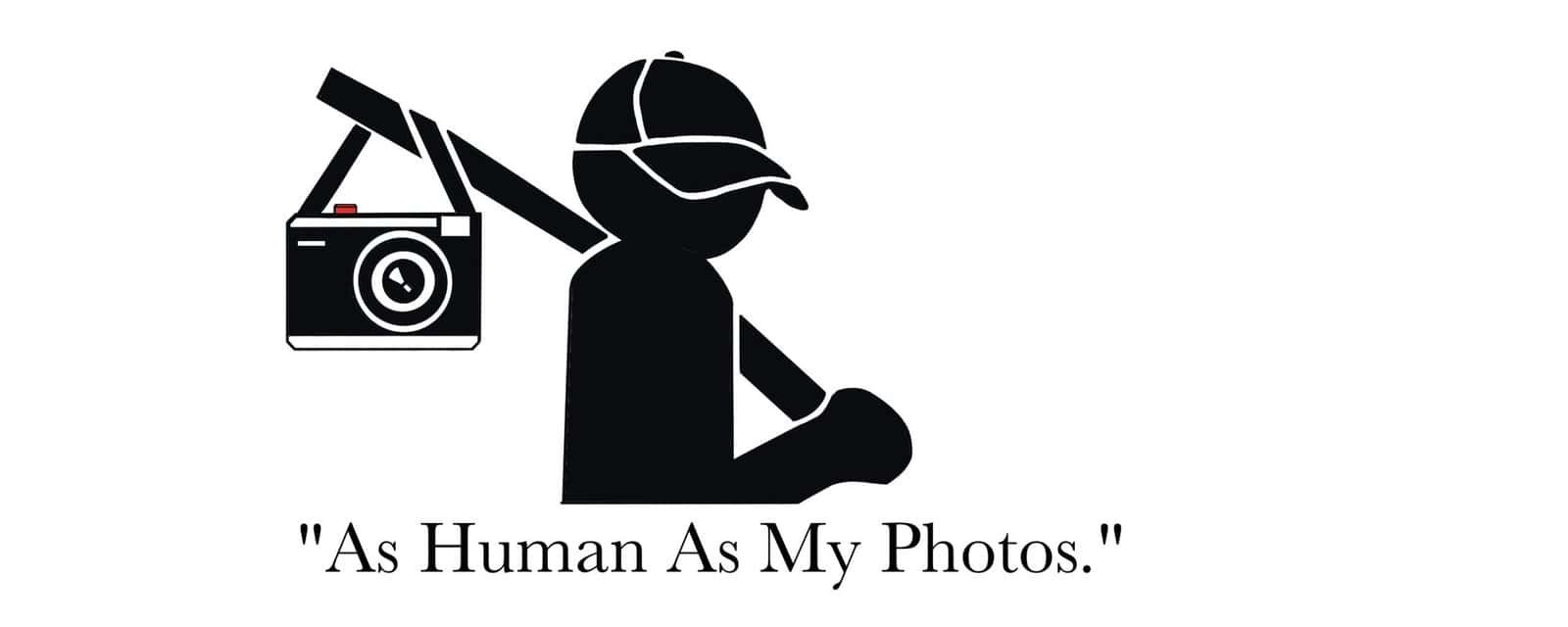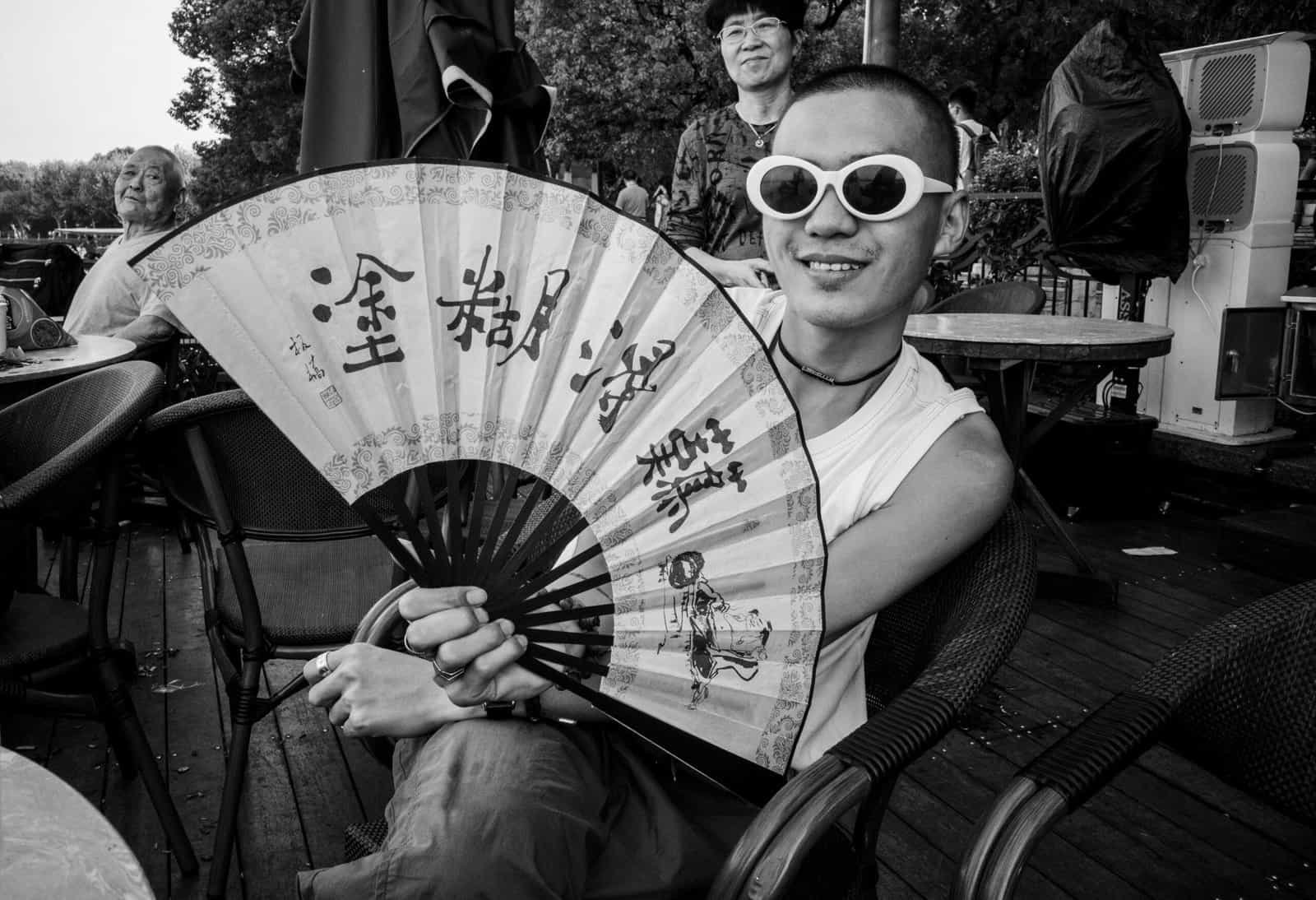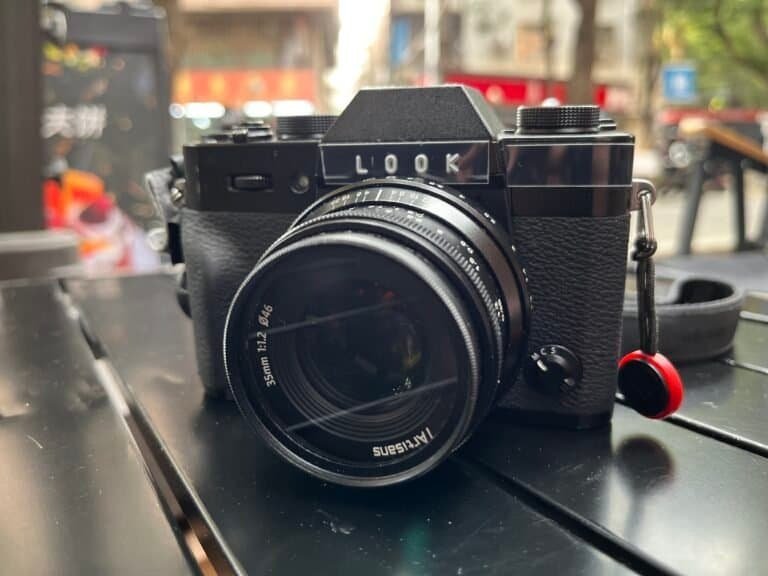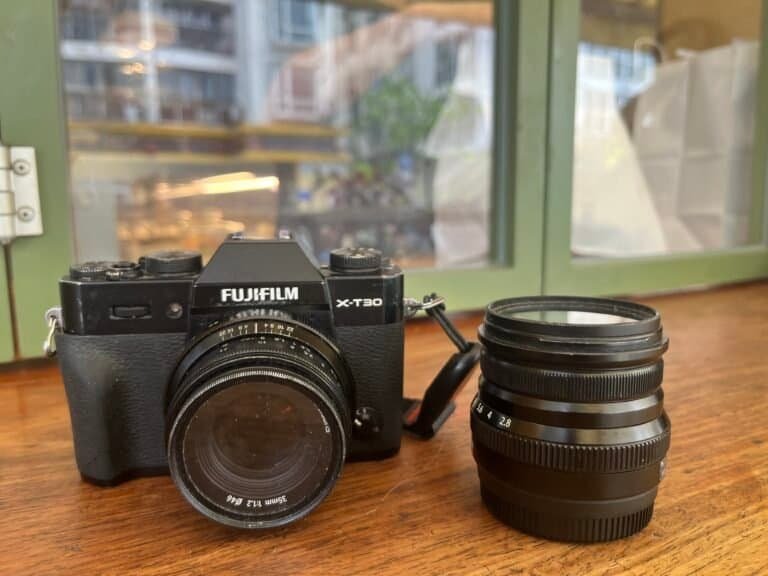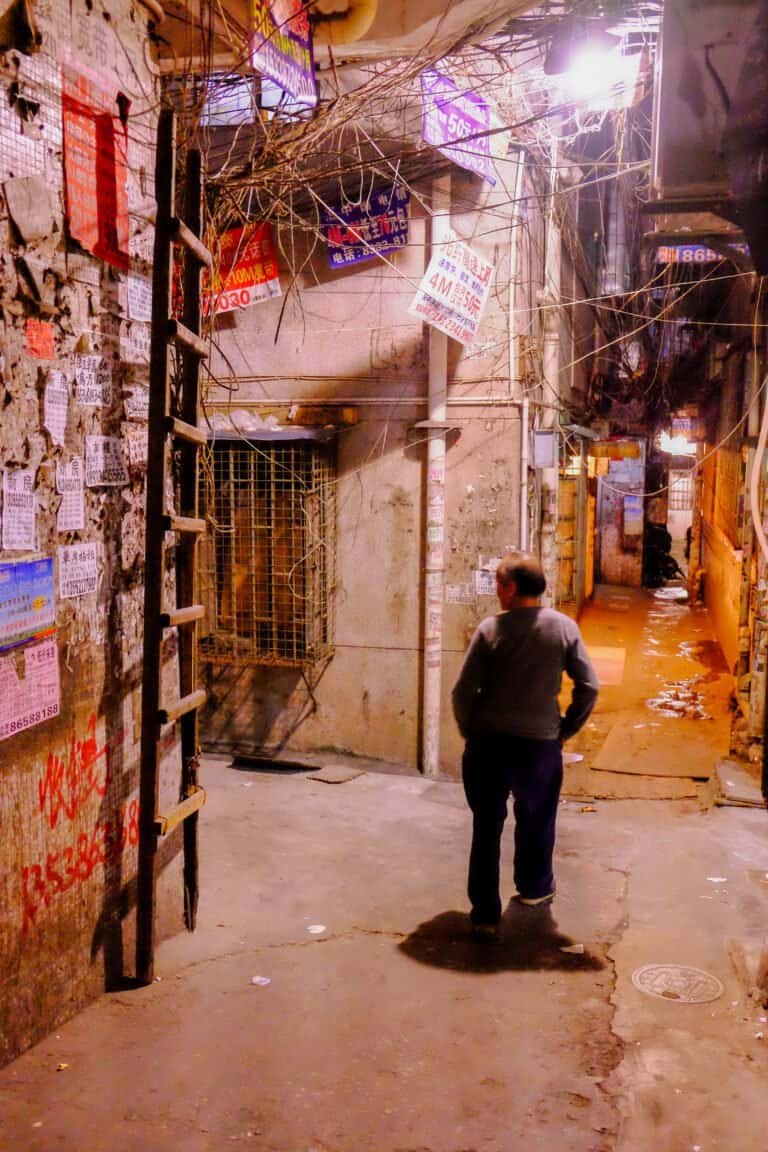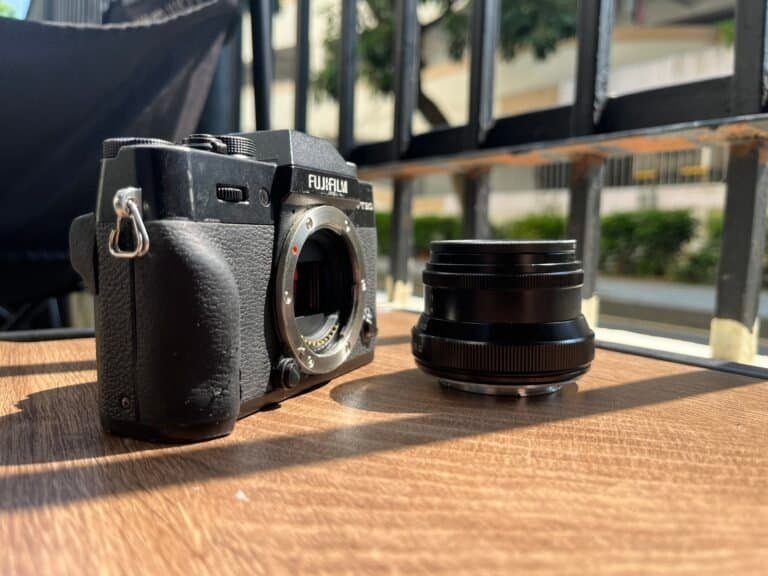Ricoh GR III User Review: Still Worth It In 2025?
*With no extra cost to you this post has affiliate links – if you buy something from MPB, I get a free coffee.
Great camera
Yes this is a brutally honest review, from a real lover and user of this compact camera. I am going to tell you why this camera is the most perfect and imperfect camera I have ever used. It has so many good solutions, yet presents a major dilemma to me.
I’m terrible at keeping my mouth shut when I love something. So I am going to tell you right up front how I feel about this camera. Which will safe you some time.
The Ricoh GRIII
I love this camera. So if any of the following describes you as a photographer, then I suggest you stop reading this and go by this camera right now. This camera is for you if:
- If you love small cameras and portability.
- Hate autofocus.
- Love street photography and travel.
- And hate getting wet.
- Don’t worry about robust camera bodies.
It’s that simple. Buy it if this list describes your needs as a photographer. I don’t have any affiliate links, only about 2 people a year read this blog. One is you, another is an old friend that stalks me.
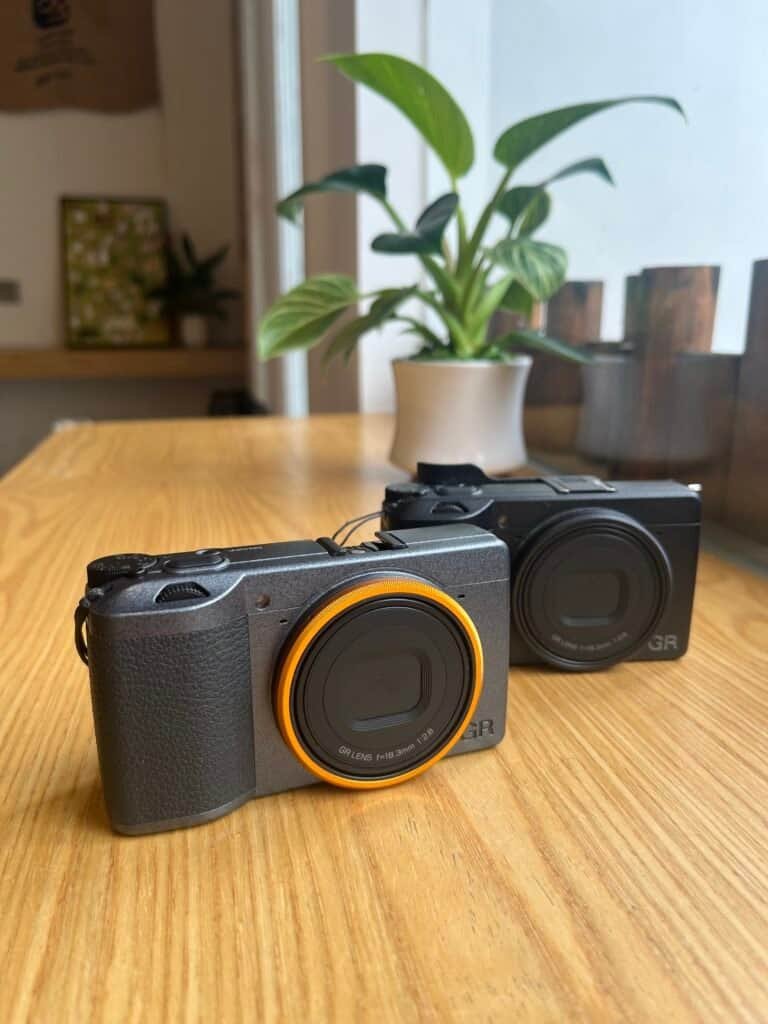
The Perfect Camera
Probably just like you I have been on the hunt for the perfect camera, that meets all my needs. The problem is my needs have changed over the years. I used look for a camera that had perfect autofocus, great lowlight performance, lightweight with amazing menus and most important wonderful image quality.
The goal has always, been something small that does all of the above and fits into a small bag easily or even pocket. There is no such camera though. But after using this for a good few years, I felt this camera came closer to that than any other camera I have used.
I carried this camera everywhere with me, but to be fair most cameras these days are easy to carry in a bag. The Ricoh was different. It lived in my hand I like no other camera has done before, or since. The wide anglel lens was sharp and superb, its operation instinctive. At the same its is flawed.
A Camera for the Ages
The Ricoh GR III though not an old camera, it’s becoming or has become a cult classic camera and for good reason. The previous versions in the GR series, namely the GR ii and the original film one before that, have already sealed their reputation as legendary cameras. If you have ever owned either of these, you know exactly what I mean.
There has been Ricohs before these. I don’t know how many and I don’t actually care, because I’m not a camera historian. The GRII looked great and felt good, never shot with it. Same with the GRI.
I have yet to get my greasy paws on the new GR IIIX If for no other reason than I would to try out the new focal length. This newest camera is basically the same as the GRIII that I love so much. It’s just the focal length (40mm) thats different.
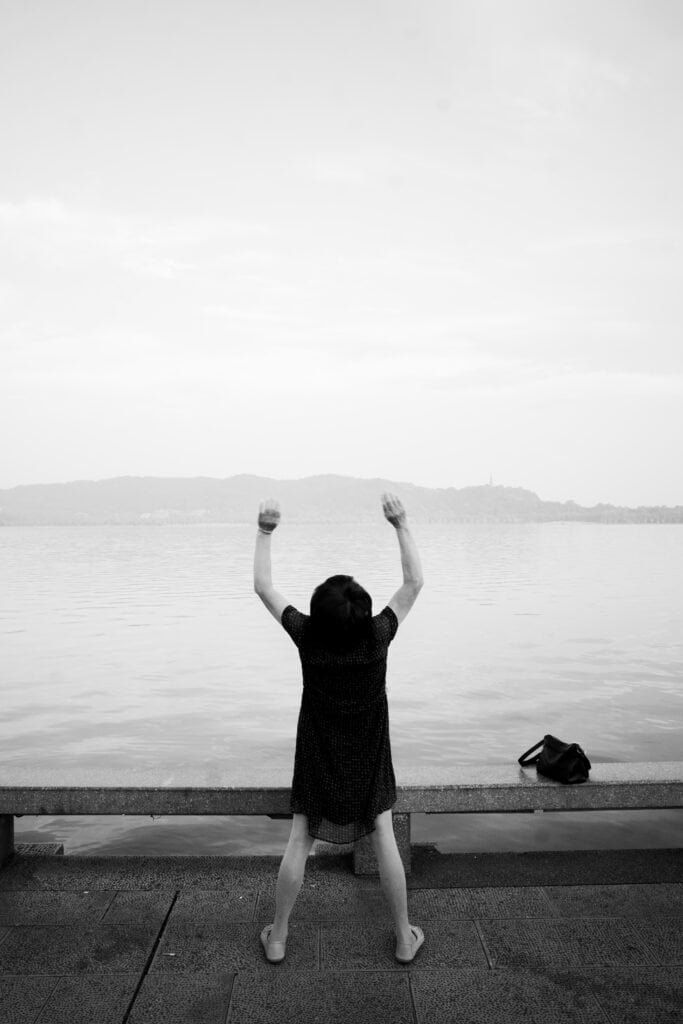
Alternative
The GRIII is a little beauty. It is compact but still so full of features that it surprises me still. However there are similar size cameras that do many of the same things. Although in my own very bias opinion, they are not as fun or as comfortable to use.
Sony cameras
The Sony ZV-1F Specs:
- A 16 frames per secon.
- Flippy screen articulated screen.
- Stabilisation (in movie mode.)
- A 20 mil sensor.
- Amazing auto focus.
- And munch more…
On paper a much better camera for a not so a different price. If your looking for video choose this Sony for example. If you want video avoid the Ricoh GRIII like the plague, it’s simply horrible for video. Just use your phone, or any modern action camera for better results. Let’s get into the shortcomings of the Ricoh GRIII’s video.
- Stabilisation is awful (good for photos).
- The final image wobbles like jelly on the plate.
- Autofocus (AF) in general is far behind its competitors.
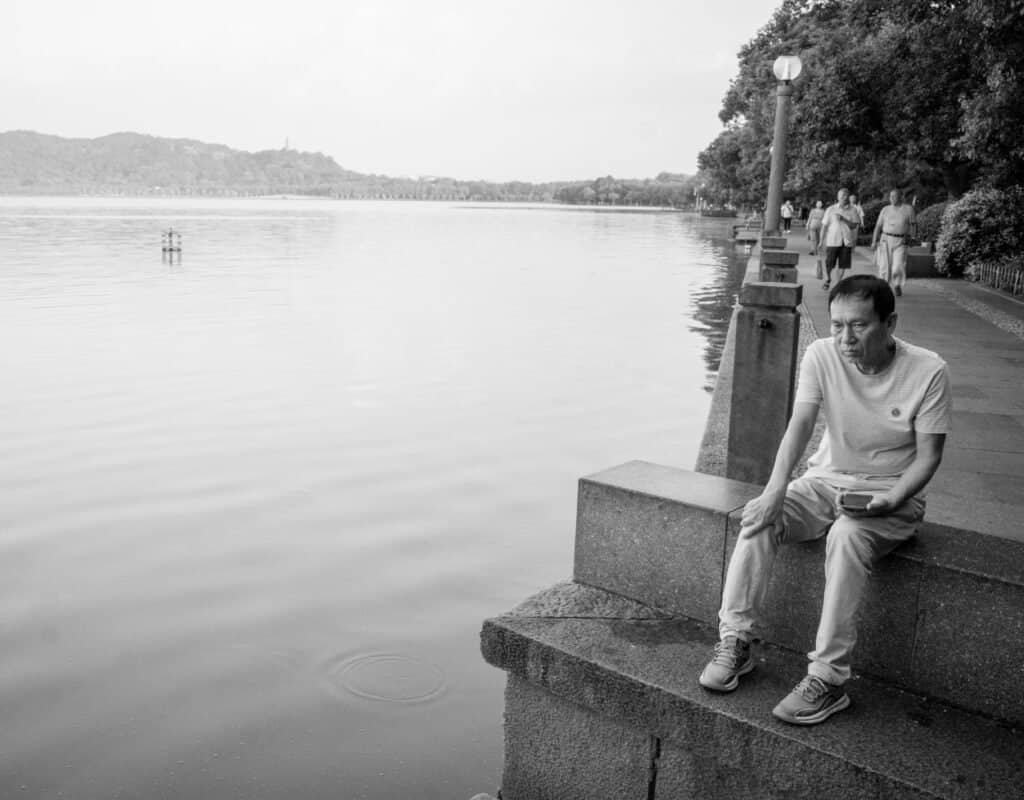
Menu Systems
For me this is another big element when choosing a camera. This is how I rank them in other brands.
- Sony – Dislike (they have got better)
- Ricoh – Love, its so simple feature full.
- Fuji – Like, is pretty damn good as well.
- Old Nikons – crazy simple, so wonderful.
Ricoh menus are bare bones, you can find way around them within 20 minutes, a bit longer if your not tech minded.
Hardware specs
Sony compacts packs a punch and are much more like a mini Tyson. The Ricoh GRIII has a much lighter, deft punch but still very impressive. I still miss the agile nature of the GRIII, I still miss the following things:
- Snap focus (which is wonderful)
- The wonderful size and lens.
- Handling and overall feel.
- 3 axis stabliziation (shake reduction, camera shake)
- Built-in ND filter.
- Internal storage, which can save photos internally.
There are other features I enjoy, but they don’t blow me away.
- 24MP APS-C image sensor optical sensor.
- 18.3mm (28mm equivalent) F2.8 lens.
- Ultrasonic sensor cleaning (helps the lens).
- Wifi transfer (it’s slow).
Another feature I have found super useful is:
- USB 3.0 (Type C) enables in-camera charging
There are features which I hardly notice or don’t particularly rave about:
- Phase detection autofocus (not great)
- 3″ 1.04M-dot touch-sensitive LCD screen
- Anti-aliasing filter simulation
- Optional 21mm equivalent GW-4 wide adapter lens
- 1080/60p video
Ahead of the Pack.
Ricoh did really well to implement features like 3 axis stabilization, very early on. They did before other brands like Fuji did. Fuji were on record for saying they just couldn’t implement stabilisation in their small camera bodies for quite some time. But somehow Ricoh managed that feat quite early on. I’m not knocking those early Fuji’s I loved the I loved the X-T1. The sensor and body size is wonderful, and it really is the camera that really got me into photography. it is another of my all time favourite cameras. It was the gadget that got me into photography in the first place. Do you remember those Zack Arias promotional vids for Fuji? He got me into Fuji.
Times have changed with Fuji though, I think the X-T4, and for sure the X-T5 both happily have and had stabilisation. Which is grea news for Fuji shooters. I don’t miss it much with my X-T30 though if I am being honest.
Other good things – Ricoh GRIII
There are three other aspects of the camera I enjoy that have not yet mentioned.
Dynamic range – Although not mind blowing but is surprising good. I would put it close to the Fujfilm XT-30 that I still use.
Have you ever gone out to a location pulled your camera out, then found you have left your SD card at home? It’s happened to me many times. The thing I love about the Ricoh is that it has internal storage. So its not a complete disaster if you find yourself in that situation. It actually became a feature I wish all cameras had. I know some Leicas have it.
I will put some pics for you to see. On a trip to Hangzhou I was confronted with the problem of dynamic range. I was shooting in the early morning, with the lake and horizon behind my subjects. I got it wrong a few times, but largely the Ricoh did a good job and I have some of my favourite photos ever from that day.
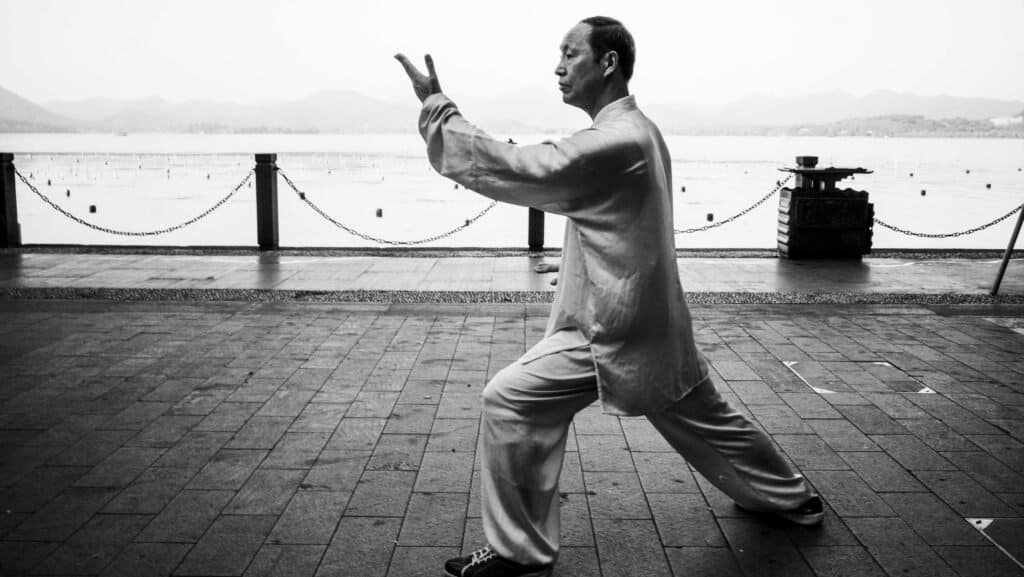
Ergonomics
The easy handling and feels great in the hand, with the edition off a thumb rest Its easy to change or set ISO and shutter speed. The ergonomics for even my big hands are perfect.
Black and whites
The Ricoh has something my other cameras don’t have. The black whites are my favourite the image quality and files are simply wonderful, I have not bothered so much with the jpeg files.. pereferrable to my Sony, or Fuji cameras.
Colour is ok. The RAW (DNG) files a quite flat, so you can do what you want with them.
For colour I prefer the colour science in Fuji cameras, although that is more baked in.
Battery life
Very average, take 4 batteries with you if you want to have walkabout with your camera for a whole day. If your travelling I think a double battery charger would be ideal.
Low light
The camera simply sucks in low light, you might be better off just better using an IPhone. But that is not the camera’s fault, you shouldn’t really be shooting low light with a APSC sensor in my opinion. Unless there is a strong light source. For low light performance the Canon 6D and the Nikon D600 are excellent adn affordable options.

Overheating
My Ricohs have shut down a lot. During file transfers, and generally being on for too long. This is my second to last least favourite thing.
Build Quality
When an ant falls of a table its legs don’t break. That’s how nature works. However drop a Ricoh from ankle height it’s gonna break. I actually hate this. I have dropped all my cameras (not at the same time). They normally get dinged or scratched but they work.
I have fixed one Ricoh twice for this reason. One time it was in my pocket and it caught a corner of a table. The UV filter helped a little to protect they lens, but lens housing wasn’t right after that. I’ve dropped twice since from the edge of the sofa and things fell apart.
One of my GRs doesn’t take the charge from a battery. The other special edition one won’t format SD cards.
Repairs so far:
- Lens housing broke.
- LCD screen cracked like a biscuit.
I don’t care about weather sealing. I’m not a landscape photographer I can use an umbrella. But the lack robustness of its body sucks.
Final thoughts
Do I regret buying them? Hell no. My favourite camera of all time. I got many of my most favourite pics with them, why? Because it was always in my hand. And it feels better than anything else to take a quick pic with.
They are not cheap. Buy second hand I would suggest. If you have safe hands, or deep pockets, buy new. It’s a great camera, well suited for sticking in your pocket.
Barring dust and rain, it makes a great travel camera. Travel and general street photography, is where it excels for me.
Buy it you won’t regret it unless you drop it, or get it wet. You will take better photos because it can always be with you. It was always in my hand. For example I would never have captured the below image on the metro, with another camera. It just feels uncomfortable to hold a larger camera in such enclosed spaces.
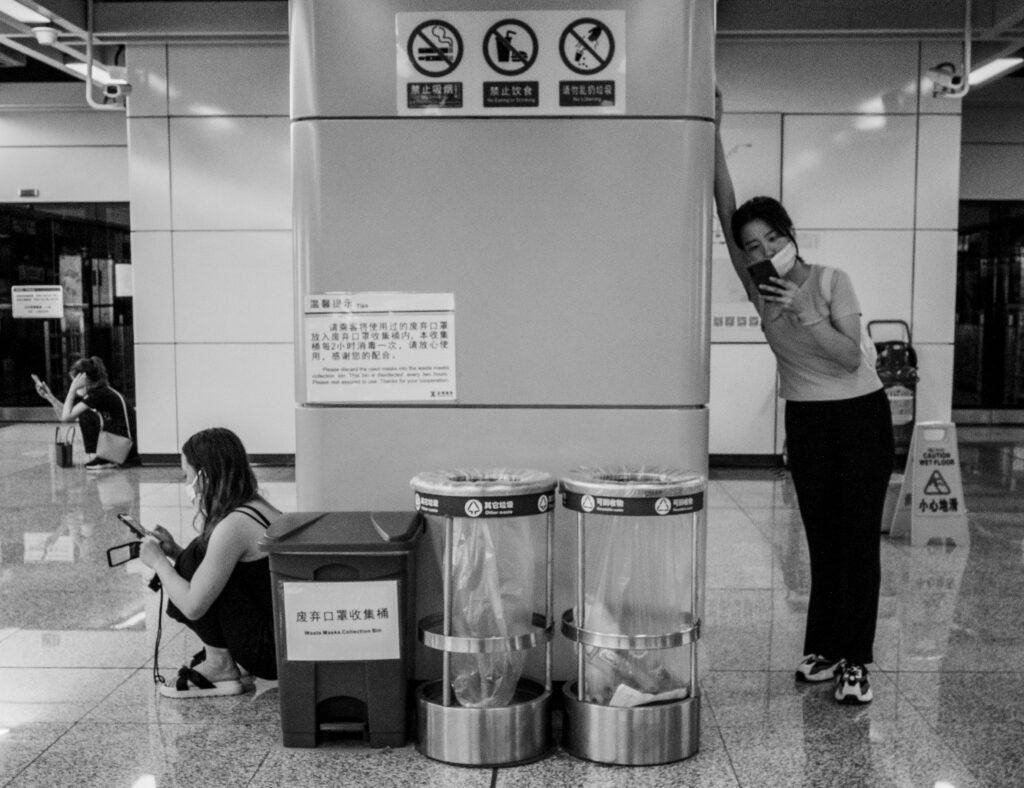
But damn, I can forgive all its imperfections, because I think I took my best photos ever with it.
Here are other posts you might like
If you’re interesting in challenging your photography why not read my suggestions here, and see what I am doing to challenge myself in 2025 here. If you are looking to up your game you could also check out my street photography/travel photography here.
If you want to check the prices of gear or cameras try MPB
- 🇺🇸 MPB shop US
- 🇬🇧 MPB shop UK
- 🇪🇺 MPB Shop EU (English)
